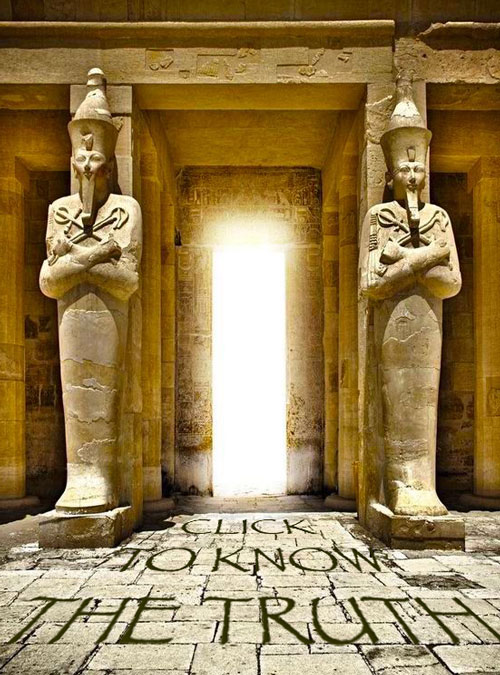Gæa’s Time
The more advanced the culture, the better the calendar system. Even by modern standards however, cycles that last roughly 26,000 years are too long to gather meaning from or even to measure accurately.
Earth’s measurement of time is governed by the dance of the gods: Earth and the Moon, Earth and Venus, the Sun and Set and the Sun and Sirius. As part of this harmonic the Maya developed something called the long count. This is a circular measure of time equivalent to over 5,000 years in the Gregorian calendar. At the end of this cycle humanity reaches the next stage in development. It is a specific count that can be measured precisely.
The Maya developed this astonishing degree of accuracy partly by looking INWARDS, not outwards. Using substances like Psilocybe mexicana (Flesh of the Gods) the high priests were able to record the pulse of the universe across time spans too fantastic to have any seasonal relevance. For confirmation of what they were shown, they then looked to the stars.

The Maya began their long count on what they referred to as the Birth of Venus. Their Tzolkin calendar placed the cycles of Venus in a central role in the measurement of time. The 104 year Venus Round cycle was an important ceremonial event.
Venus and Earth have a phase-locked orbital cycle that is based on a 13:8 ratio. This is because Venus revolves around the sun 1.618 times faster than Earth so that 13 Venus revolutions is equal to 8 Earth years. By establishing Venus as the key component of the sacred calendar the Maya automatically built the golden ratio into their system.

In recent years it has become possible to make the “song of the planets” audible by programming their angular velocities into a synthesizer. This was achieved using Kepler’s data of their elliptical orbits. Particularly moving is the duo in minor mode sung by Earth and Venus. Below is the dreamcatcher that emerges when lines are drawn between these two planets in their tango of 2,922 days. Please click here to see this in action.

Of course, you may be curious about the old name of “Earth”. You may have guessed already that it’s based on the sound she makes as she moves through space. In other words, the outward expression of her infrasonic vibration: Gb. The Greeks called her Gea or Gæa. (Her “time” has always been measued from Giza, but most recently from Greenwich.) The Gaia Hypothesis is a theory which reflects Gæa’s biospheric system for sustaining life here.
The Maya understood that accurate time systems should be a harmonic of Gæa’s natural cycles (click here for more). So numerologically the Maya close base 13 and their calendar system reflected these multiples: 13, 26, 39, 52, 65, 78, 91, 104 and so on. As an example, each of Gæa’s seasons is 91 days or 13 weeks long, which gives us a year of 52 weeks—half a year is 26 weeks. They also understood the vital multiples of 13 which included 13,000 and 26,000. The five suns add up to the Great Zodiacal Year.
13,000 years is an important time period because it measures the time between ice ages. But what it really shows is the periodicity of our solar output cycle: there are short and long term fluctuations in solar energy and as a result there are great ice ages, little ice ages and warm inter-glacials (which we are in nearing the end of now).

Currently our Sun is in a hotter cycle and therefore so is the Earth. The result is planetary instability manifested in shrinking glaciers and extreme weather patterns. Astrometeorology is the study of how bodies in space (including the Moon) affect Gæa’s weather patterns. Studied by the ancients, this science holds many answers.
The Maya knew that the Venus Transit acted like a circuit breaker—switching off the sunspot cycle and impacting the Sun-Earth-Venus system. This happened prior to our previous two little ice ages that were characterised by periods of diminished solar activity.
